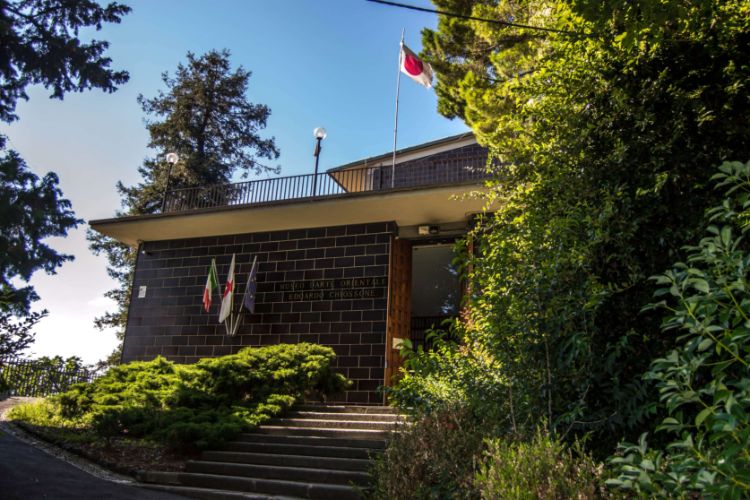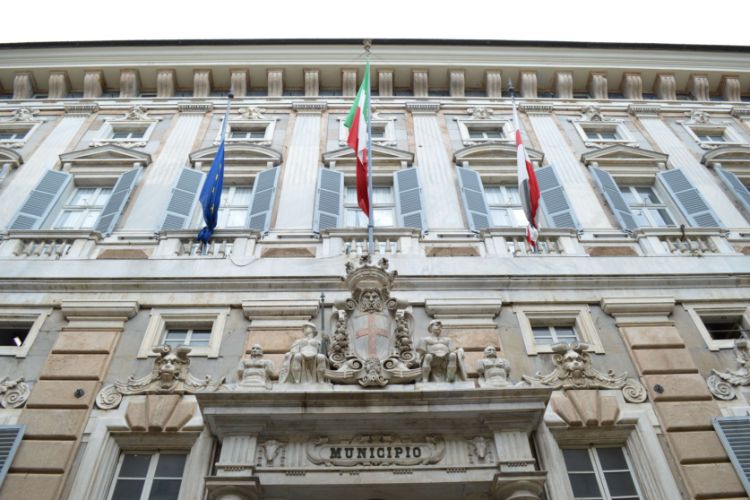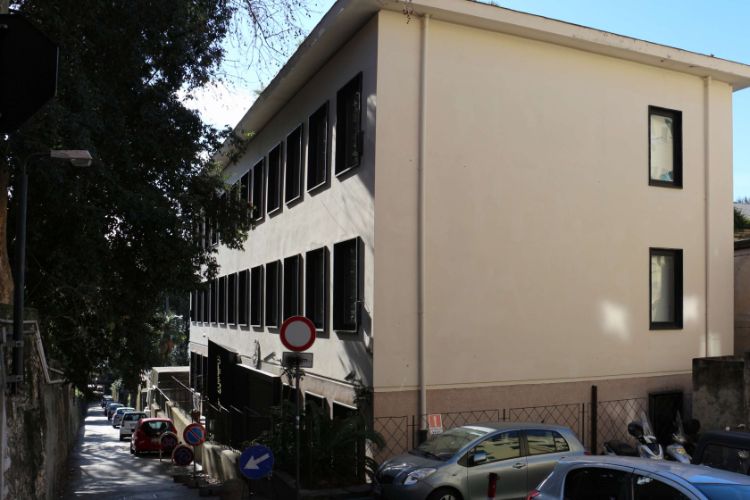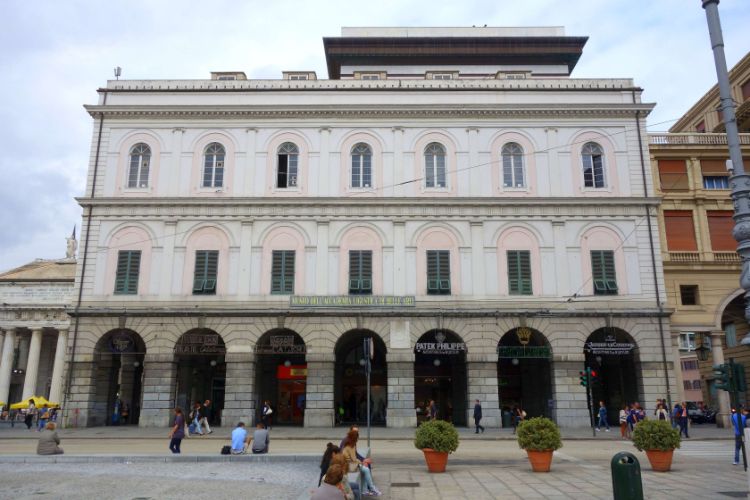Are you interested in the intersection of art and craftsmanship? These are the applied art museums you should visit in Genoa:

Galleria Nazionale di Palazzo Spinola
GenoaGalleria Nazionale di Palazzo Spinola, The National Gallery of Palazzo Spinola (Spinola palace of Pellicceria or palace of Francesco Grimaldi) is a state museum located in a noble palace built at the end of the 16th century in Genoa. The third floor is occupied by the National Gallery of Liguria, wh
Museo d'Arte Orientale Edoardo Chiossone
GenoaThe Museo d'Arte Orientale Edoardo Chiossone is a museum of Asian art in the northern Italian port of Genoa. The museum exhibits the collection of the etcher Edoardo Chiossone, which he brought together during his stays in Japan during the Meiji era. The collection includes paintings, prints, potter
Palazzo Doria-Tursi
GenoaThe Palazzo Doria Tursi is a palace in the old town of the Italian city of Genoa. It is located on Via Garibaldi, which belongs to the so-called Strade Nuove, which since 2006 belongs to UNESCO World Heritage. As part of the Palazzi dei Rolli, the Palazzo Doria Tursi is also a UNESCO World Heritage
Wolfsoniana
GenoaWolfsoniana is an art museum in Genoa that is related to the Gallery of Modern Art (Galleria d'Arte Moderna) in Genoa and belongs to the museum group of Nervi. The museum is located in the former ducal palace. Founder of the collection is the American Mitchell Wolfson jr., son of media entrepreneur
Accademia delle Belle Arti
GenoaThe Ligustica Academy of Fine Arts was established in Genoa in 1751 and is located in a neoclassical building, designed by architect Carlo Barabino. The museum was officially opened in 1980 and features ten exhibition rooms. The museum holds a collection that includes Ligurian paintings from the fou